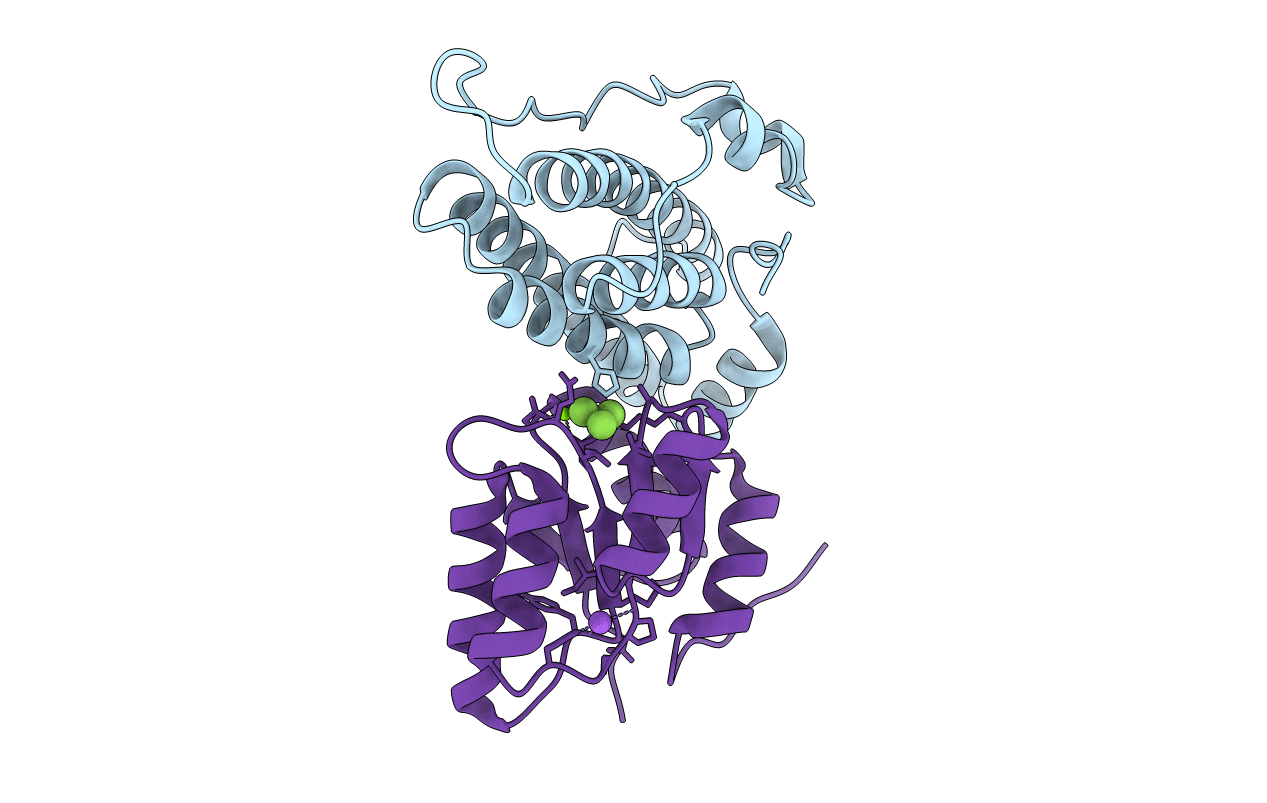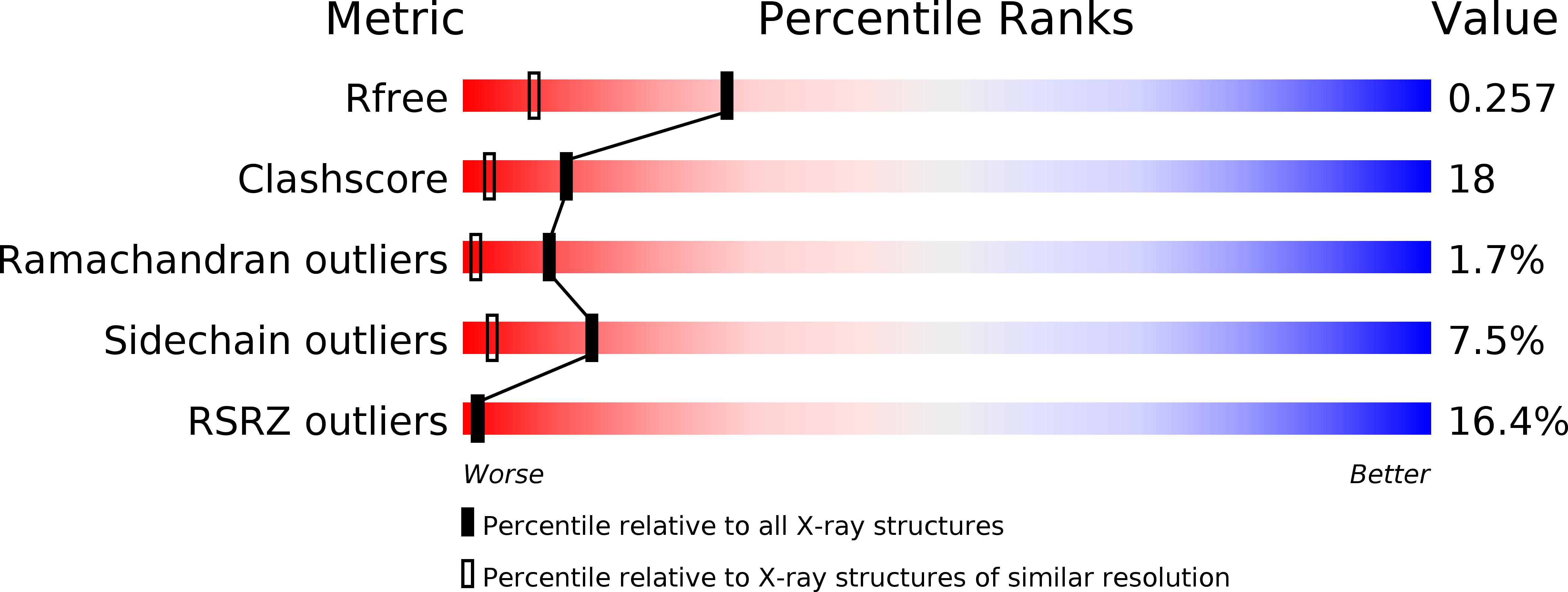
Deposition Date
2007-08-24
Release Date
2008-01-15
Last Version Date
2023-08-30
Entry Detail
PDB ID:
2R25
Keywords:
Title:
Complex of YPD1 and SLN1-R1 with bound Mg2+ and BeF3-
Biological Source:
Source Organism:
Saccharomyces cerevisiae (Taxon ID: 4932)
Host Organism:
Method Details:
Experimental Method:
Resolution:
1.70 Å
R-Value Free:
0.24
R-Value Work:
0.19
R-Value Observed:
0.19
Space Group:
P 21 21 21


